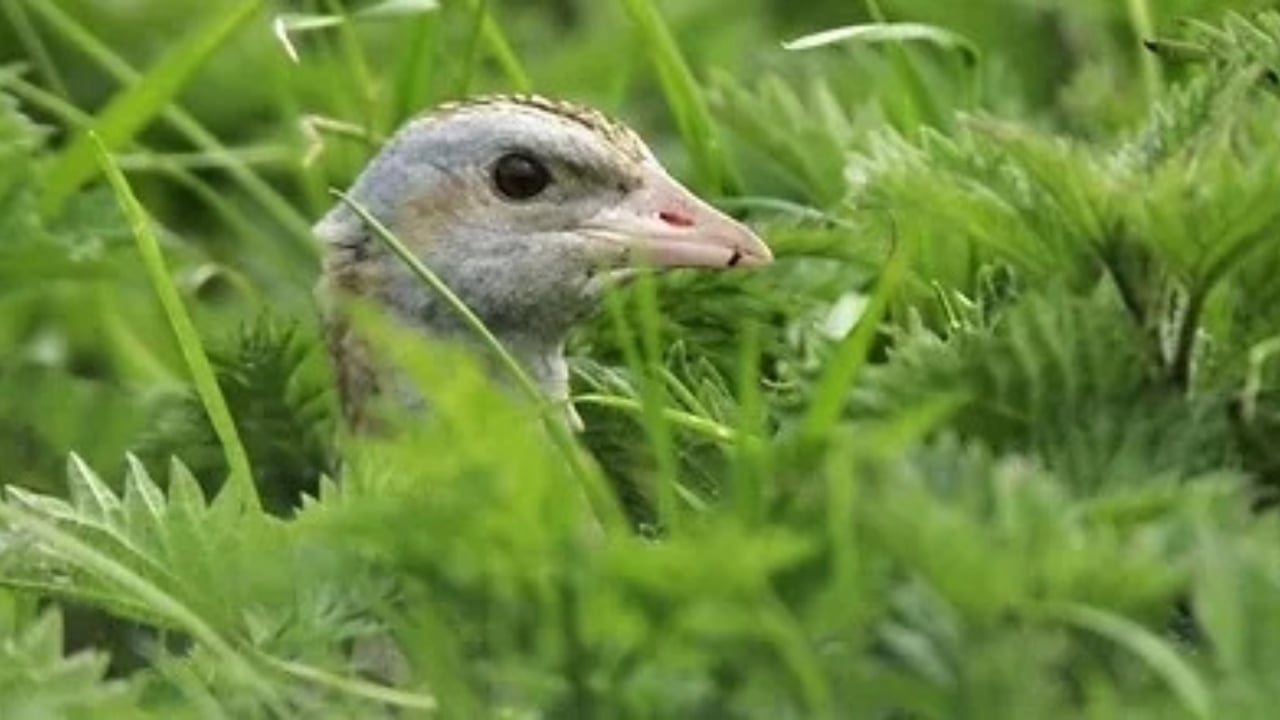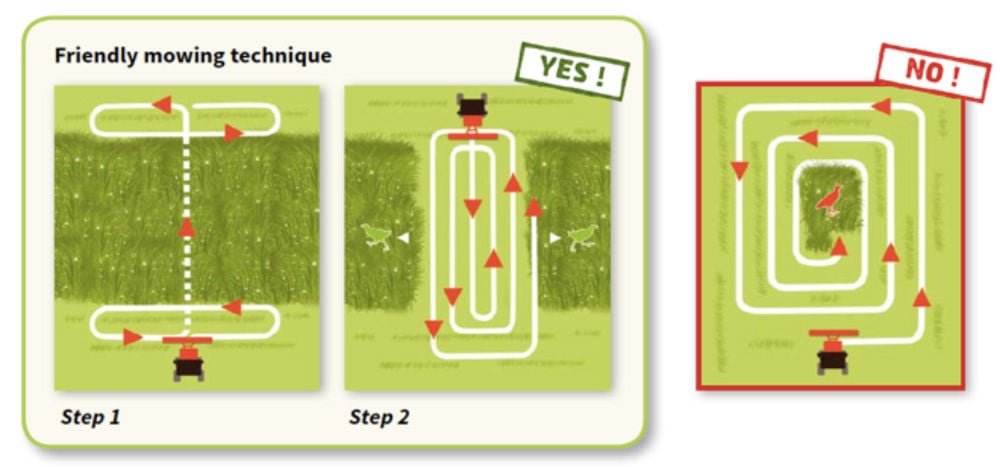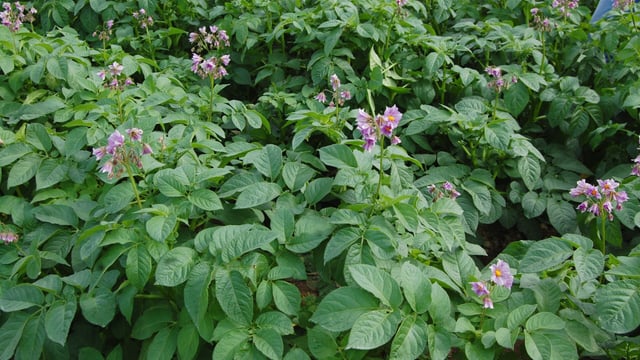'35% increase' in corncrake numbers in last 5 years - minister
Minister for Housing, Local Government and Heritage, James Browne has stated that a "recent survey by the National Parks and Wildlife Service (NPWS) shows a 35% increase in the corncrake population in the last five years".
His statement comes in response to a parliamentary question raised by Sinn Féin's agricultural spokesperson, Deputy Martin Kenny, who asked the minster for "an update on funding for the project to protect the corncrake".
The corncrake is listed on Annex I of the Birds Directive (2009/147/EC), and is on the Red List of Birds of Conservation Concern in Ireland due to historical declines.
Minister Browne highlighted the work of the Corncrake LIFE project, which was set up to combat this decline in the bird's population.
He said: "Corncrake LIFE is a five-year (2021-2026) €5.9 million project improving the conservation status of one of Ireland’s most iconic farmland bird species.
"Led by the NPWS of my department, in collaboration with project partners, the Department of Agriculture, Food and the Marine (DAFM), and Fota Wildlife Park, the project works with farmers, land owners and local communities across counties Galway, Mayo and Donegal.
"There are currently 150 farmers and landowners active in the project covering more than 1,600ha in conservation and management measures under the results-based scheme.
The minister explained that these measures have been incorporated into the national agri-environmental programmes, such as Agri-Climate Rural Environment Scheme (ACRES).
According to Minister Browne, these measures, "together with direct project actions have restored a significant footprint of corncrake habitat.
"The most recent survey from the NPWS shows an increase of 35% in the corncrake population in the past five years with a total of 233 calling male corncrakes recorded nationally in 2024."
According to BirdWatch Ireland, corncrakes were once found in every parish in Ireland, but, since the early 1900s, numbers have declined and they are now confined to Co. Donegal and west Connacht.
A population remained in the Shannon Callows until around 2010, but summer flooding in the early 2000s resulted in their extinction there also.
Corncrakes are summer visitors, breeding in Ireland from April to September and migrating to Africa for the winter.
They are generally found in tall vegetation (20cm) in hay and silage fields, rough pastures, and stands of herbaceous species such as yellow flag iris and nettles.
One of the measures promoted in the Corncrake LIFE Project is conservation-friendly mowing (CFM).
According to Corncrake LIFE, up to 60% of chicks are killed when fields are mowed from the outside-in, which is why CFM is key to increasing the survival rate of corncrakes (and other species) during mowing.
CFM consists of maintaining a low mowing speed (5-7km/hr) and mowing from the centre-out to push birds to the edges of the fields.
Mowing the perimeter of the plot should be avoided, as corncrakes are reluctant to break cover and cross open ground.






